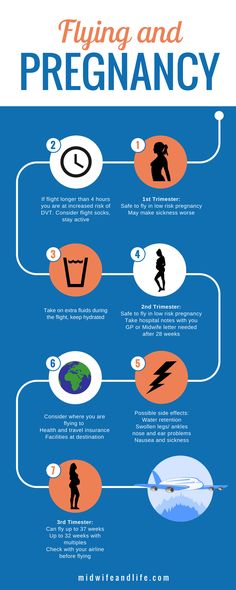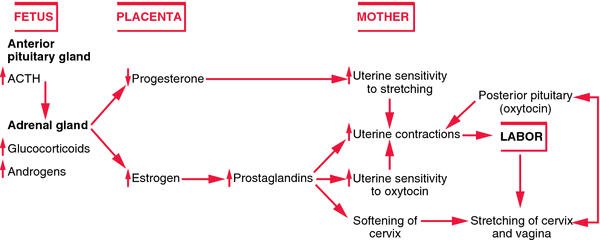How to tell if the pregnancy test is positive
How to Read a Pregnancy Test: Positive and Negative Results
Whether or not you’re trying to conceive, missing your period—one of the clearest signs of pregnancy—can be a nerve-wracking and overwhelming experience.
To relieve this anxiety, many people choose to take at-home pregnancy tests. But with all the options out there, it’s hard to know which one to pick and how they work to get the most accurate results.
How to Take a Pregnancy Test
Take the test in the morning right when you get out of bed since this is when your hCG levels are at their highest.
Tip: Catch a “midstream sample” for the most accurate results. This basically means peeing a little bit into the toilet before peeing on the test.
You can either pee directly on the test for up to 5-10 seconds (or however long the instructions say) or you can pee in a cup and put the pregnancy stick inside for no longer than 10 seconds—whichever is more comfortable for you. When you pee on the stick, make sure to keep the results window facing you. Pregnancy tests typically only take a couple of minutes, but it’s important to read the directions to determine how long test results take to process.
The Best Way to Read a Pregnancy Test
Nowadays pregnancy tests range from the traditional to the more high-tech. Here’s how to read positive and negative results for both.
Positive Pregnancy Test
Traditional at-home pregnancy tests come with a single window or two windows on the pregnancy stick. All tests will have a test line to make sure that the pregnancy stick is actually working.
For single window tests a positive result would show both the test line and another line to indicate that you are pregnant.
For the two-window tests, in one window a test line would appear and in the second window a plus sign (+) will appear even if it is faint to indicate that you are pregnant.
Some women prefer digital tests because they are easier to read and there are no lines (faint or bold) to interpret. There will also be some type of countdown to indicate when the results are ready.
There will also be some type of countdown to indicate when the results are ready.
A positive pregnancy result will say “You’re Pregnant” or it would say “Yes” in a digital test
Negative Pregnancy Test
If you are not pregnant, a single window test would only show the single test line. For two-window tests, the first window would show the test line and the second window would show a single line that looks like a minus (-) symbol. This means you are not pregnant.
On a digital test, a negative test result will say “Not Pregnant” or “No” to indicate that you aren’t expecting.
Faint Line on Pregnancy Test
You might end up with a faint line, also called an evaporation line. It can be confused with a false positive. The line usually appears several minutes after the time of the test and is caused by evaporating urine. If the line seems faint or you are at all uncertain, take another test.
How Do Home Pregnancy Tests Work?
At-home pregnancy tests have become more accurate because they are more sensitive to the hormone human Chorionic Gonadotropin (hCG) which indicates pregnancy. When an egg is fertilized and attaches to your uterine wall, the placenta begins to form and produces hCG, which flows throughout your bloodstream and urine (that’s where the pee part of pregnancy tests comes in). As you get further along in pregnancy, hCG levels rise more rapidly, doubling every couple of days. At-home pregnancy tests measure the level of hcG in your urine.
When an egg is fertilized and attaches to your uterine wall, the placenta begins to form and produces hCG, which flows throughout your bloodstream and urine (that’s where the pee part of pregnancy tests comes in). As you get further along in pregnancy, hCG levels rise more rapidly, doubling every couple of days. At-home pregnancy tests measure the level of hcG in your urine.
How Soon Can I Take a Pregnancy Test?
Many at-home pregnancy tests say they are 99% accurate on the first day of a missed period. According to Mayo Clinic, however, you should wait at least a week from the day of your missed period to take the test for more reliable results. Before taking the test, keep these things in mind:
- Carefully read the directions in the box—meaning the fine print. Make sure you clearly understand the results time window and how to pee on the test.
- If you are taking any fertility drugs, be sure to call your doctor to see if any of the medications you are taking will interfere with your test results.
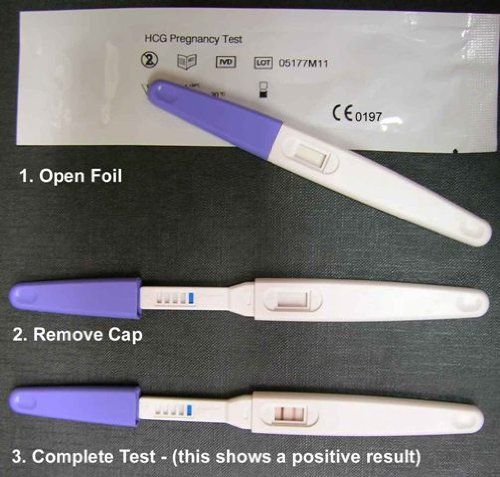
- Don’t have to pee? Although common sense might tell you to drink a gallon of water, it’s actually recommended not to because this could dilute your hCG levels. Just take the test when you actually have to go.
- Make sure to check the expiration date of the pregnancy test.
How Accurate are Pregnancy Tests?
False positives: This is rare but can definitely happen. If you receive a false positive it could be that infertility drugs are messing with your hCG levels, you recently gave birth or had a miscarriage, or the test could be broken. If you get a positive result, go to your healthcare provider to have confirmed by the lab.
False negatives are also rare but more common than false positives. Around 5% of tests may lead to false negatives. Factors that could give you a false negative result range from taking the test too soon and having a faulty test. For the best results be patient and wait at least a week to take the test.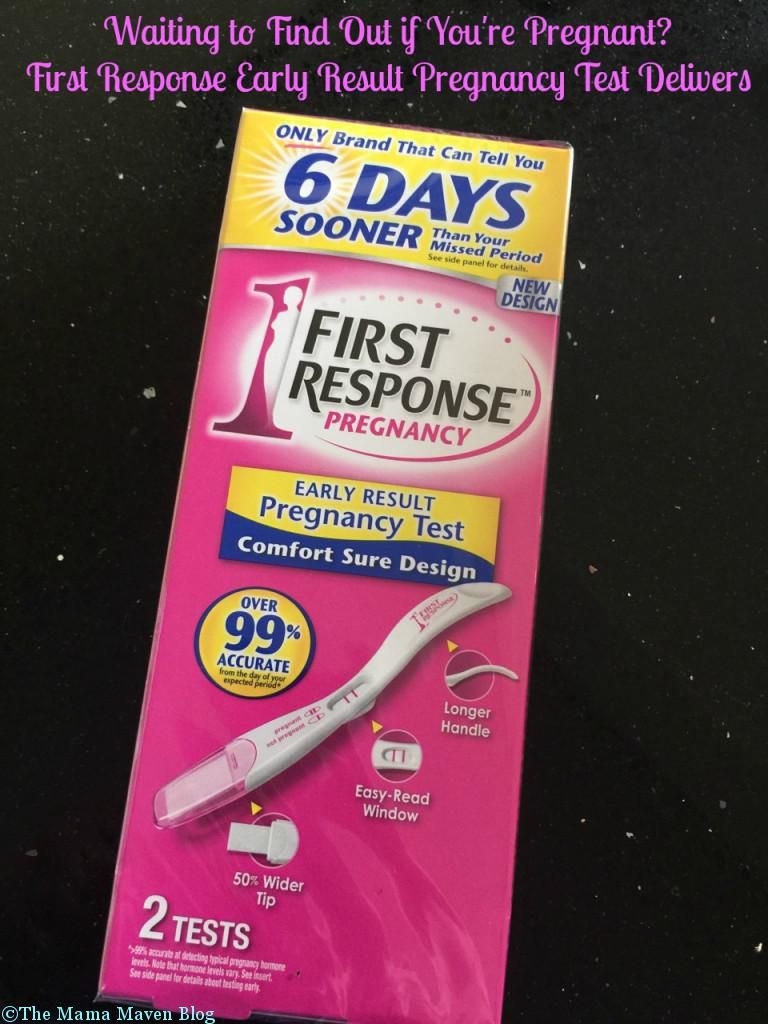
If you tested early and it came up negative, but you end up missing your period, test again. If your home pregnancy test says you’re pregnant, it’s time to make an appointment with your healthcare provider to confirm the results.
About Babylist
Looking for the best items for your growing family? Add all your favorite baby products to ONE registry with Babylist.
This information is provided for educational and entertainment purposes only. We do not accept any responsibility for any liability, loss or risk, personal or otherwise, incurred as a consequence, directly or indirectly, from any information or advice contained here. Babylist may earn compensation from affiliate links in this content. Learn more about how we write Babylist content and the Babylist Health Advisory Board.
Faint Positive Pregnancy Test: Are You Pregnant?
We include products we think are useful for our readers. If you buy through links on this page, we may earn a small commission.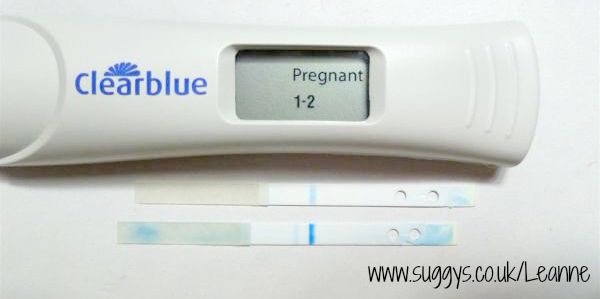 Here’s our process.
Here’s our process.
Healthline only shows you brands and products that we stand behind.
Our team thoroughly researches and evaluates the recommendations we make on our site. To establish that the product manufacturers addressed safety and efficacy standards, we:
- Evaluate ingredients and composition: Do they have the potential to cause harm?
- Fact-check all health claims: Do they align with the current body of scientific evidence?
- Assess the brand: Does it operate with integrity and adhere to industry best practices?
We do the research so you can find trusted products for your health and wellness.
Read more about our vetting process.Getting a faint positive on a home pregnancy test can mean that you’re pregnant or were previously pregnant. But sometimes a faint line can be the spot where your urine evaporated from the stick.
Missing a period is one of the first signs that you might be pregnant. You may take a home pregnancy test as soon as possible. If you have very early pregnancy symptoms, such as implantation bleeding, you may even take a home pregnancy test before your first missed period.
You may take a home pregnancy test as soon as possible. If you have very early pregnancy symptoms, such as implantation bleeding, you may even take a home pregnancy test before your first missed period.
Some pregnancy tests are more sensitive than others and can accurately detect a pregnancy several days before a missed period. But after taking a home test, you may notice a faint positive line.
With some home pregnancy tests, one line means the test is negative and you’re not pregnant, and two lines mean the test is positive and you are pregnant. A faint positive line in the results window, on the other hand, can leave you scratching your head.
A faint positive line isn’t uncommon and there are a few possible explanations.
If you take a home pregnancy test and the results reveal a clearly distinguishable positive line, there’s a strong possibility that you’re pregnant.
But in other cases, the positive line appears faded. In these instances, a faint positive can be caused by low levels of the pregnancy hormone human chorionic gonadotropin (hCG).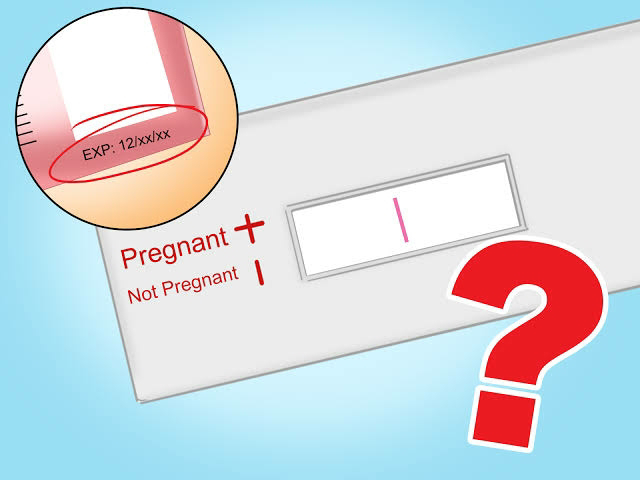
As soon as you become pregnant, your body begins producing hCG. The hormone level increases as your pregnancy progresses.
Home pregnancy tests are designed to detect this hormone. If hCG is present in your urine, you’ll have a positive test result. It’s important to note that the more hCG in your system, the easier it is to see and read a positive line on a home test.
Some women take a home pregnancy test early in their pregnancies. They often take them before or shortly after their first missed period.
Although hCG is present in their urine, they have a lower level of the hormone, resulting in a positive pregnancy test with a faint line. These women are pregnant, but they’re not far along in the pregnancy.
Keep in mind that not all home urine pregnancy test are this accurate. You may want to consider taking a repeat urine pregnancy test and seeing whether you get a more definitive result.
Taking a home pregnancy test and getting a faint positive line doesn’t always mean you’re pregnant.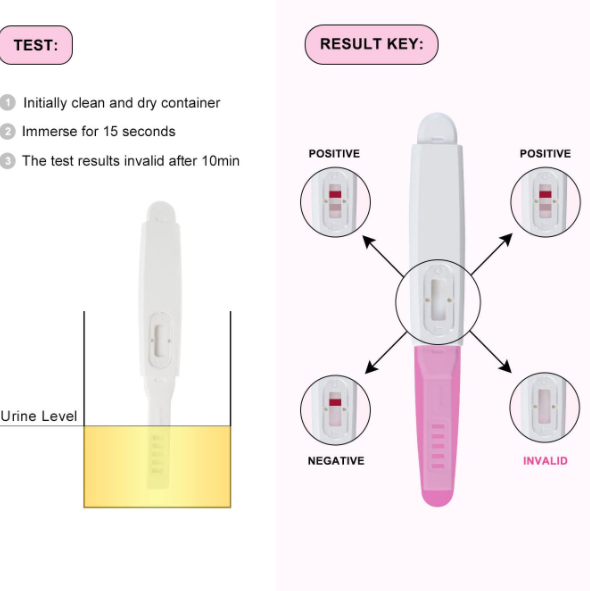 Sometimes, what appears to be a positive line is actually an evaporation line. These misleading lines can appear in the results window as urine evaporates from the stick.
Sometimes, what appears to be a positive line is actually an evaporation line. These misleading lines can appear in the results window as urine evaporates from the stick.
If a faint evaporation line develops on your home pregnancy test, you may mistakenly think that you’re pregnant.
It can be hard to determine whether a faint line is a positive result or an evaporation line. The primary difference is that evaporation lines appear in the test window several minutes after the recommended time for checking the test results.
If you take a home pregnancy test, it’s important to read and carefully follow the instructions. The package will let you know when to check your test results, which can be within three to five minutes, depending on the manufacturer.
If you check your results within the recommended time frame and see a faint positive line, you’re most likely pregnant.
On the other hand, if you miss the window for checking the results and you don’t check the test until 10 minutes later, a faint line may be an evaporation line, which means you’re not pregnant.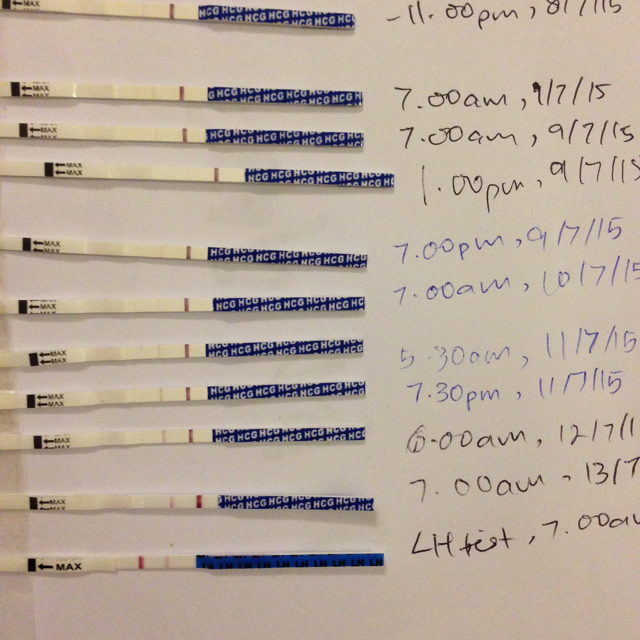
If there’s any confusion about whether a faint line is a positive line or an evaporation line, retake the test. If possible, wait two or three days before taking another one.
If you are pregnant, this gives your body additional time to produce more of the pregnancy hormone, which can result in a clear, undeniable positive line.
It also helps to take the home pregnancy test first thing in the morning. The less diluted your urine, the better. Make sure you check the results within the appropriate time frame to avoid confusing an evaporation line with a positive line.
A faint positive line can also be a sign of a very early miscarriage, sometimes called a chemical pregnancy, which occurs within the first 12 weeks of a pregnancy, often much earlier.
If you take a home pregnancy test after a miscarriage, your test may reveal a faint positive line. This is because your body may have residual pregnancy hormone in its system, although you’re no longer expecting.
You may experience bleeding that resembles your menstrual cycle and light cramping.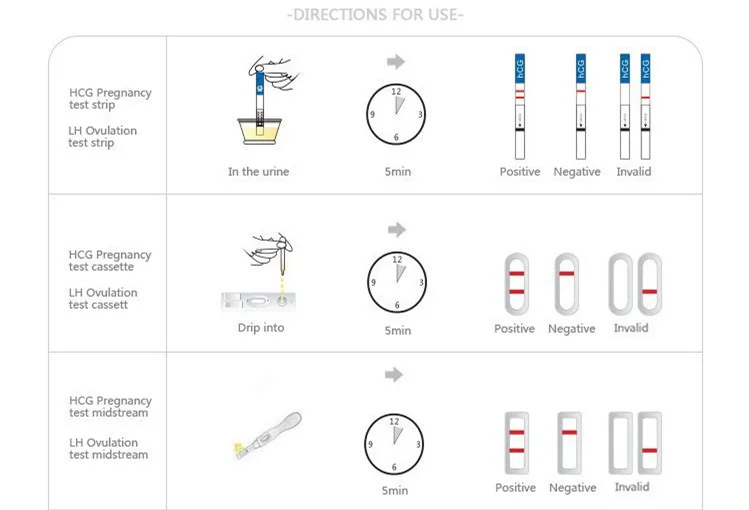 Bleeding can occur around the time when you expect your next period, so you may never know of the early miscarriage.
Bleeding can occur around the time when you expect your next period, so you may never know of the early miscarriage.
But if you take a home pregnancy test while bleeding and the results show a faint positive line, you may have had a pregnancy loss.
There’s no specific treatment, but you can talk with your doctor if you suspect a miscarriage.
Early pregnancy losses are not uncommon and occur in about 50 to 75 percent of all miscarriages. These miscarriages are often due to abnormalities in a fertilized egg.
The truth is that women who have had a very early pregnancy loss don’t necessarily have problems conceiving at a later time. Many women eventually have healthy babies, although recurrent pregnancy loss is a reason for further evaluation.
If you’re unsure whether a faint line on a pregnancy test is a positive result, take another home test in a couple of days, or make an appointment with your doctor for an in-office pregnancy test.
Your doctor can take a urine or blood sample and more accurately determine whether a pregnancy has occurred. If you think you had a very early miscarriage, let your doctor know.
If you think you had a very early miscarriage, let your doctor know.
Read more: 5 signs you should take a pregnancy test »
Q:
How often would you recommend women take a pregnancy test if they are trying to conceive?
Anonymous patient
A:
I would suggest they take a home pregnancy test if they are “late” for their normal menstrual cycle. Most tests now are sensitive to even being a few days late. If it’s definitively positive, no other home test should be required. If it is questionably positive or negative, a repeat in two to three days would be appropriate. If there is still a question, I would recommend a urine or blood test at a doctor’s office. Most doctors will repeat the test at the first office visit to confirm the home test.
Michael Weber, MDAnswers represent the opinions of our medical experts. All content is strictly informational and should not be considered medical advice.
When to do a pregnancy test? Maternity hospital Leleka | Blog
Pregnancy in the life of every woman is a significant event and most often unexpected.
But, even if the pregnancy came as a “surprise”, you must definitely confirm your suspicions or refute them. And you can do this with the help of an instant express pregnancy test, in a matter of seconds.
| Express pregnancy test is a very convenient, fast and inexpensive device that determines pregnancy (if any) as accurately as possible. nine0012 The erroneous result is reduced to a minimum and is only 1%. |
The most informative are digital and tablet tests (the strip is placed on a plastic device with two "windows"). However, strip tests remain the most popular, which means that the price of the test does not affect the result.
If there is any doubt after the test, you should make an appointment with a gynecologist.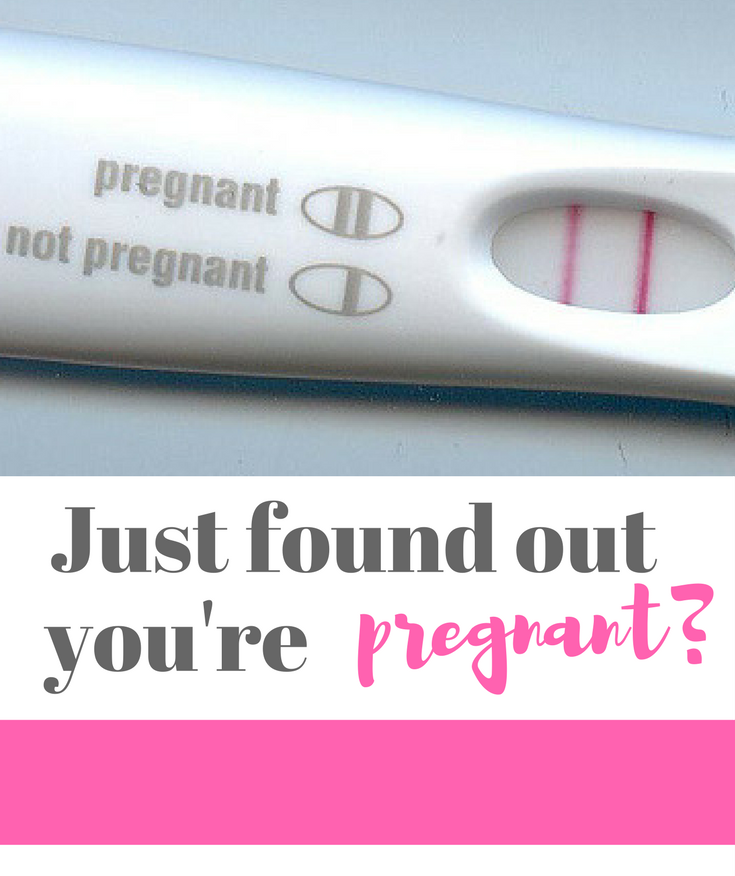
How the pregnancy test works
Despite the whole range of pregnancy tests, the principle of action is the same for everyone - to determine the level of hCG (the first hormone of pregnancy) in the urine.
| hCG - secreted by the villi of the embryo from the period of attachment of the fertilized egg to the uterine wall. May be detected in the urine and blood of a pregnant woman. |
Pregnancy test procedure
Pregnancy test is performed no earlier than the first day of missed period or approximately 2 weeks after the expected day of conception. Until the zygote attaches to the wall of the uterus, hCG is not released, which means that before ten days of pregnancy, it is not advisable to carry out a test or any other tests.
At the beginning of the test, you should carefully study the instructions for its use. Although the principle of operation is always identical: one part of the test (paper) is immersed in a container with urine, the other (with a chemical indicator) determines the result in the form of red / blue stripes, the symbols “+” / “-” or the words “yes” / “no” ". The result is evaluated after the time specified in the instructions (from 1 to 5 minutes). nine0003
Although the principle of operation is always identical: one part of the test (paper) is immersed in a container with urine, the other (with a chemical indicator) determines the result in the form of red / blue stripes, the symbols “+” / “-” or the words “yes” / “no” ". The result is evaluated after the time specified in the instructions (from 1 to 5 minutes). nine0003
Sometimes there are mini-pipettes for metered distribution of urine in the tests, which are very convenient to use.
But putting the test under the urinary stream is not recommended, since this method can technically disrupt the express screening and give an error.
| You cannot rely on the result of a single test; for complete certainty, you need to repeat the express test in 1-3 days. nine0002 If two stripes are determined each time, it is mandatory to make an appointment with a gynecologist. |
When to take a pregnancy test
In order not to be confused by the numbers, dates and know exactly when it is appropriate to take a pregnancy test, you need to keep a calendar, control your well-being and know the basic process of how the egg is fertilized .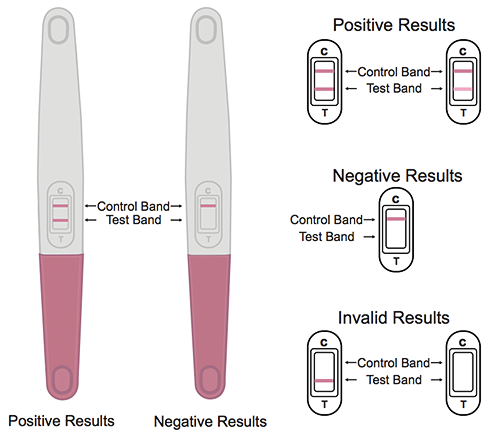
In every woman with a regular monthly cycle, the egg goes through several physiological stages of development, one of which is called “ovulation”. nine0003
Ovulation is the process where a mature egg is released from the ovary into the fallopian tube to join the sperm. If there is no sperm in the tube, the egg dies and menstruation occurs.
| Ovulation lasts approximately 2 days. All this time the egg is active. |
If during ovulation the spermatozoa were inside the woman's genitals and conception did occur, the fertilized egg (zygote) begins to "move" into the uterine cavity, with the help of the ciliated epithelium and the muscles of the fallopian tube itself. nine0003
This whole process takes about 1 week.
After a fertilized egg enters the uterine cavity, it attaches there, hCG rises in the blood, cells divide and further development of the fetus occurs.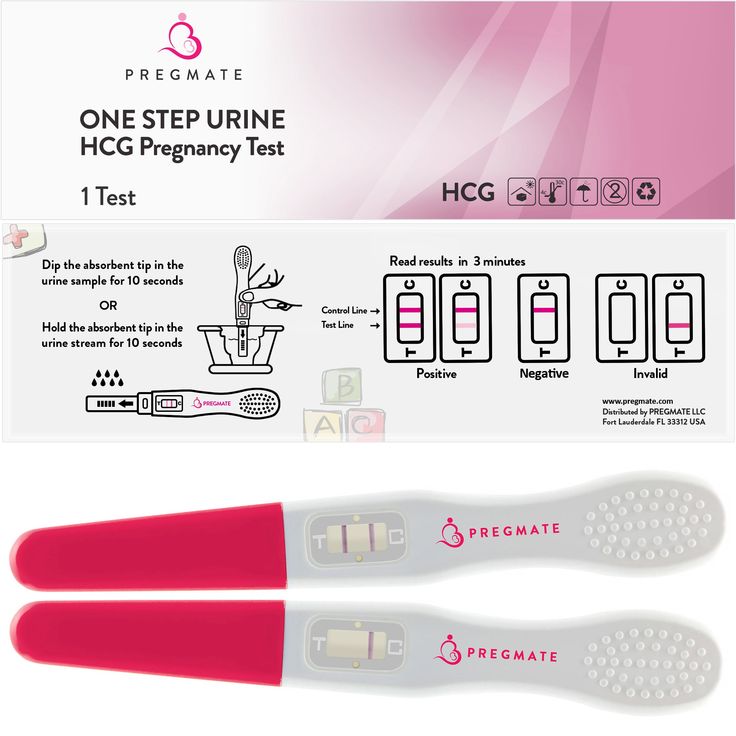
| The level of hCG (the first hormone of pregnancy) rises only after the fixation of a fertilized egg in the uterine cavity. Therefore, a reliable result of pregnancy can be obtained only on the seventh to tenth day of conception. nine0012 In this case, the result must be supported by a doctor's opinion. |
Some rapid tests can determine the presence of the hormone as early as the fourth day, but it is still better to check after at least 1.5 weeks. Then the level of the hormone becomes high enough to confidently determine the condition of the woman.
| Delayed periods do not always indicate pregnancy, but it is better to immediately check the cause and take a test on the first day. nine0012 |
When is a pregnancy test false?
Two strips on the test do not always cause delight in women, since pregnancy is not a cherished dream for all women, for most it is a surprise.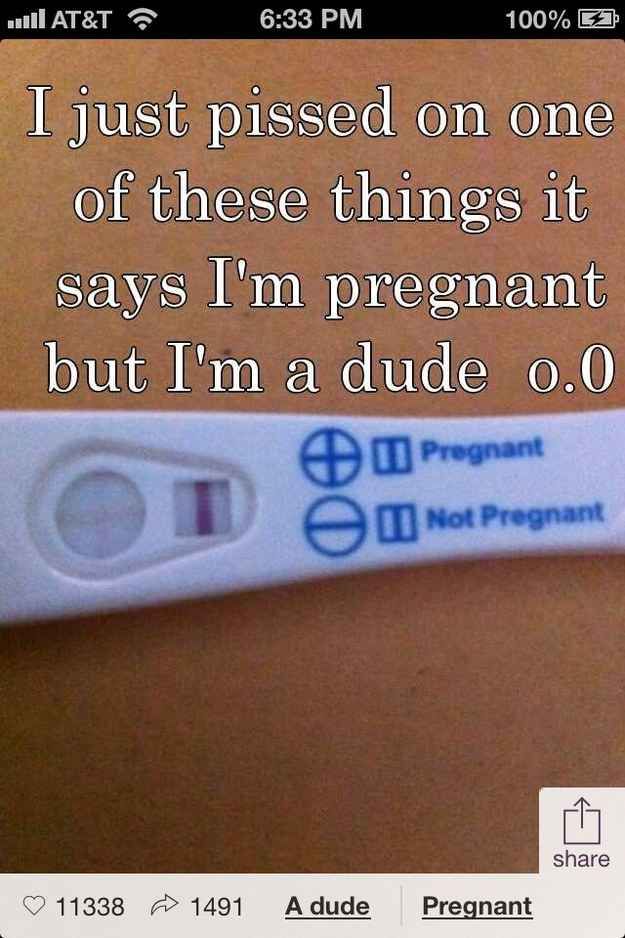
However, if you really do not plan a child and your test suddenly becomes “striped”, do not rush to panic, since a result error is not ruled out here.
False-positive or false-negative responses can range from a technical failure of a screening test to the identification of serious gynecological pathologies. nine0003
As you can see, pregnancy is not the most “terrible” thing that a test can determine, so we once again emphasize the importance of a gynecological examination.
| Gynecologists of the private maternity hospital "Leleka" strongly recommend not to be limited to the results of a rapid test to establish pregnancy.
Since today there is a growing trend of ectopic pregnancies, which lead to serious complications and gynecological pathologies in the future. |
Be that as it may, a positive test result is only the first step towards determining pregnancy. The second step is a visit to the gynecologist, who must confirm / refute the information received. Since there are situations when express screening gives a false positive answer. nine0003
Main causes of a false positive result
A false positive result is a result that indicates the presence of pregnancy, in the absence of it.
Causes:
1. Incorrect express test.
Incorrect use of the test is the main cause of a false positive response. Therefore, you always need to read the instructions and follow the specified algorithm of actions. The evaluation of the result should be carried out strictly within the specified time range, from 3 to 10 minutes. After this period, a weak second strip may appear on the test (due to evaporation of urine), and the woman will perceive the result as a pregnancy. nine0003
2.
 Marriage.
Marriage. A defective test is a very rare occurrence, but no one is immune from such a situation. Knowing this, women buy several tests from different brands and thus the problem is leveled.
3. Postpartum period.
Pregnancy test remains positive throughout pregnancy and 3-4 weeks after delivery. Therefore, if the test after the recent birth of a child shows a positive answer, and you are not planning children of the same age, you should not worry. However, you still need to check with your doctor about the absence of pregnancy. nine0003
4. Miscarriage, abortion.
After a miscarriage, miscarriage or medical abortion, the level of hCG cannot immediately decrease, it takes time. And, as a rule, this process takes from 2 to 4 weeks. Therefore, doing a pregnancy test during this period simply does not make sense, since the result will be false positive.
| If in doubt, a blood test for hCG levels or a follow-up abdominal ultrasound should be done. |
5. Preparation for IVF.
Some women dream of pregnancy so much that they take tests even when they don't have to. As, for example, when preparing for IVF.
During this period, ovulation is stimulated with hormonal preparations, which also increase the level of hCG, although there is no pregnancy itself yet. Therefore, a pregnancy test done during this period can misinform a woman.
6. Oncopathology. nine0173
Sometimes a positive pregnancy test, in its absence, indicates serious pathological processes that increase the level of hCG. These are ovarian tumors, lung, brain, breast or stomach cancer.
| To dispel all suspicions and fears, with a positive pregnancy test result, you should immediately contact a gynecologist to rule out ectopic pregnancy and oncopathology. |
Main causes of a false negative test
A false negative is a result that indicates no pregnancy, if any.
Causes:
- Fertilization occurred before the start of menstruation, and the level of hCG did not have time to rise to the desired concentration.
- There is a threat of miscarriage.
- A woman is taking diuretics (diuretics).
- Technical damage to the test.
If a pregnancy test shows a negative result, but the woman has specific pregnancy symptoms (morning sickness, dizziness, frequent urination, pain in the lower abdomen and chest), you need to see a doctor. nine0003
What to do if in doubt?
There are situations that make a woman doubt the correctness of a pregnancy test. For example, different tests give different results, spotting is present (similar to menstruation), screening gave a positive response, and there are no specific symptoms of pregnancy.
What to do in this case?
- Do not look for the cause yourself, but go for a consultation with a gynecologist and approach the solution of the problem comprehensively.
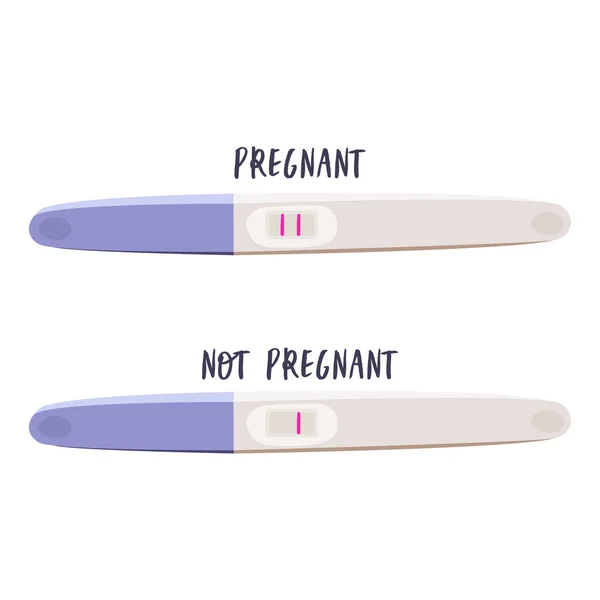 nine0154
nine0154 - Do not dispose of unwanted and unconfirmed pregnancies yourself.
- Find the exact reason why the test showed a false positive result in the absence of pregnancy.
| Note! Leading gynecologists of the private maternity center "Leleka" strongly recommend that after passing the test with a positive response, immediately contact a medical institution. nine0012 Even if you do not plan to give birth to a child, pregnancy in any case must be confirmed or denied. You should not rely only on the test result, and in no case should you resort to criminal abortions, buy the “necessary” pills in a pharmacy on your own, use folk methods to terminate a pregnancy. All this is fraught with serious consequences and complications, even death. |
The Leleka maternity hospital is a modern medical institution where you will always receive specialized, highly qualified obstetric-gynecological and neonatological medical care at the level of world standards.
Only timely diagnosis and competent treatment will help preserve the reproductive health of a woman and there are no other options here.
What to do if pregnant | What to do during pregnancy
Did you see the long-awaited 2 stripes? They can be very pale and barely noticeable, but this means that the pregnancy hormone, hCG (human chorionic gonadotropin), has been detected in the urine. It begins to be produced by the chorion tissue after implantation of the embryo - already on the 6-8th day after fertilization of the egg, and is one of the most important indicators of the presence and successful development of pregnancy.
Accuracy of home testing
The sensitivity of the urine test depends on the manufacturer and, of course, on the cost of the test. Accordingly, the more expensive the test, the earlier it will show the presence of pregnancy. Almost all tests show a period of about 4 weeks. A more accurate diagnostic method is a blood test for the presence of hCG, it can be used to approximately determine the gestational age, and progression and its normal development can be noted from the dynamics. nine0003
Accordingly, the more expensive the test, the earlier it will show the presence of pregnancy. Almost all tests show a period of about 4 weeks. A more accurate diagnostic method is a blood test for the presence of hCG, it can be used to approximately determine the gestational age, and progression and its normal development can be noted from the dynamics. nine0003
The gestational age is counted from the first day of the last menstrual period, and not from the date of conception.
This is 1 way to determine the gestational age. There are numerous online calendars and applications, but the gestational age does not always correspond to the amenorrhea period. For example, in girls with irregular menstrual cycles, the gestational age does not correspond to the last menstruation. This may also be due to the fact that the life span of the egg in the pelvis is about 3 days, and the spermatozoa can remain active for up to 5 days. In such a situation, it is more accurate to determine the gestational age according to ultrasound. The dimensions of the fetal egg are taken into account, and the most accurate is the measurement of the KTP (coccyx-parietal size) of the embryo. In obstetrics, for this, there are tables of correspondence between the size of the KTP and the gestational age. nine0003
The dimensions of the fetal egg are taken into account, and the most accurate is the measurement of the KTP (coccyx-parietal size) of the embryo. In obstetrics, for this, there are tables of correspondence between the size of the KTP and the gestational age. nine0003
If, according to ultrasound data and amenorrhea, the gestational age differs by 5 days or more, then ultrasound data are taken as a reliable period.
Actions in case of a positive test:
- If you have not started preparing for pregnancy in advance, then it is necessary to start the prevention of fetal neural tube defects as soon as possible, this is achieved by taking folic acid;
- It is necessary to provide yourself with conditions for the normal development of the fetal egg - eliminate stress, excessive physical exertion, fully relax, worry less; nine0154
- To ensure that the pregnancy is uterine and progressive, a pelvic ultrasound should be performed no earlier than 5 weeks of gestation.
 It is from this period that the fetal egg begins to be visualized, however, the embryo at this time is most often not determined. Accordingly, by ultrasound at this time, we determine only the presence of pregnancy and the localization of the fetal egg. This information is very important to rule out an ectopic pregnancy. The heartbeat is established starting from the 6th week of pregnancy; nine0154
It is from this period that the fetal egg begins to be visualized, however, the embryo at this time is most often not determined. Accordingly, by ultrasound at this time, we determine only the presence of pregnancy and the localization of the fetal egg. This information is very important to rule out an ectopic pregnancy. The heartbeat is established starting from the 6th week of pregnancy; nine0154 - Register for pregnancy at the place of residence. Most often, doctors are distributed according to the district principle. This means that a certain obstetrician-gynecologist is territorially attached to your house, who receives the female population by appointment.
A woman has the right to choose a doctor with whom she will conduct a pregnancy, and this is at least 10 appointments and numerous studies.
To choose a doctor and register, you can contact a specialized clinic where there are opportunities for pregnancy management. The 100med clinic has all the services necessary for the examination and observation of a pregnant woman.

 nine0012
nine0012 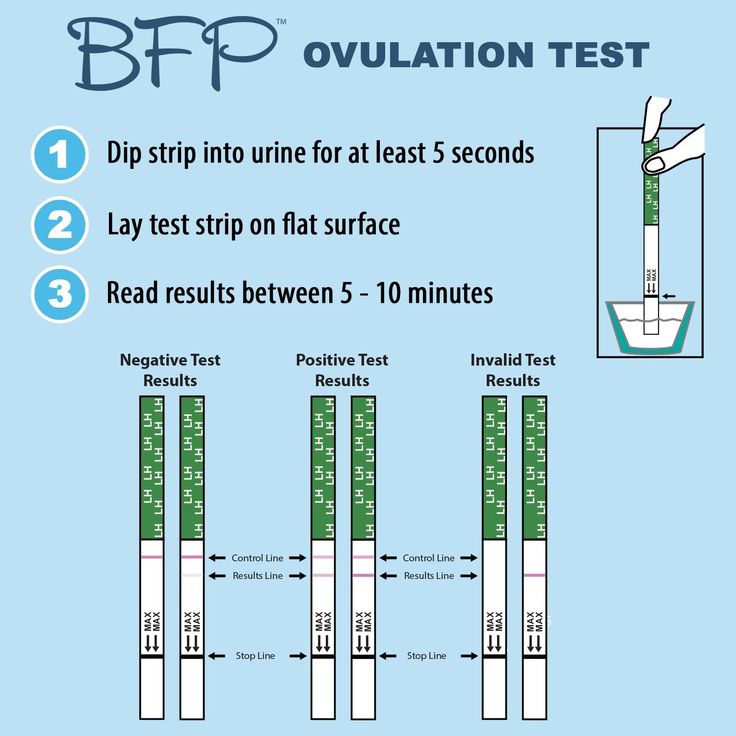 nine0012
nine0012 
